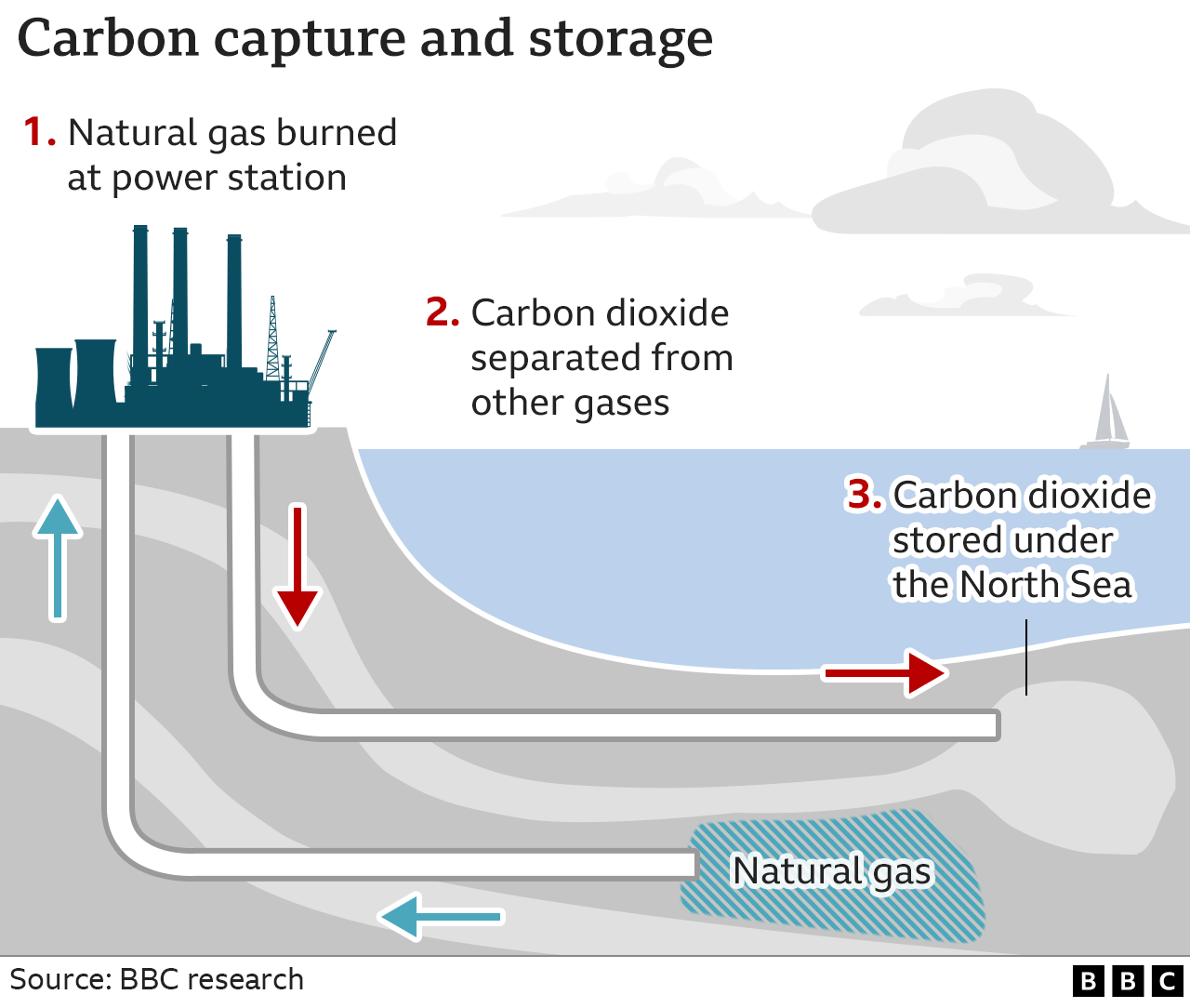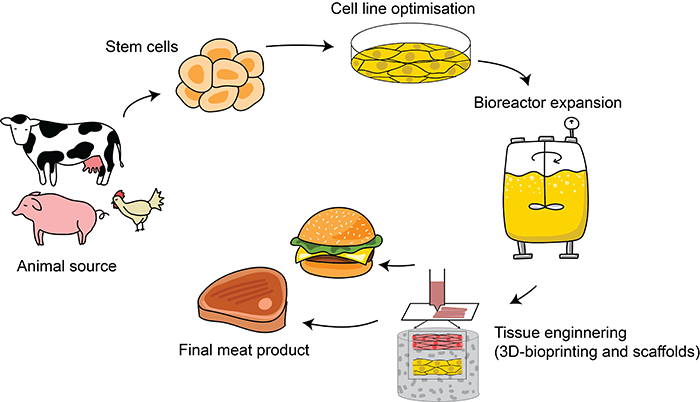Carbon Capture Technology Breakthrough - A Game Changer for Climate Goals?

As the world grapples with the urgent need to address climate change, carbon capture technology has emerged as a potential game changer. Recent breakthroughs in this field have sparked both excitement and debate, offering a glimmer of hope while raising questions about scalability and cost-effectiveness.
The Promise of Carbon Capture
Carbon capture and storage (CCS) technologies aim to capture carbon dioxide (CO2) emissions from industrial processes and power plants before they enter the atmosphere. The captured CO2 can then be transported and stored underground, preventing it from contributing to global warming.
Proponents of CCS argue that it is a crucial tool for achieving net-zero emissions by mid-century, particularly in industries with hard-to-abate emissions like cement and steel production. The International Energy Agency (IEA) estimates that CCS could contribute to a 15% reduction in global CO2 emissions by 2050.
Recent Breakthroughs and Advancements
The field of carbon capture technology has witnessed significant advancements in recent years. Here are a few notable examples:
- Direct Air Capture (DAC): Companies like Climeworks and Carbon Engineering have developed innovative DAC technologies that can capture CO2 directly from the air. These technologies have the potential to remove historical emissions, offering a way to reverse some of the damage already done.
- Enhanced Oil Recovery (EOR): CO2 captured from industrial sources can be injected into oil reservoirs to enhance oil recovery. While this approach has been around for decades, recent technological improvements have made it more efficient and cost-effective.
- Carbon Mineralization: Researchers are exploring methods to permanently store CO2 by reacting it with minerals to form stable carbonates. This approach offers a long-term and secure storage solution.
Data and Evidence
The potential of carbon capture technology is supported by real-world data. For instance:
- According to the Global CCS Institute, there were 30 commercial-scale CCS facilities operating globally in 2023, capturing and storing over 45 million tonnes of CO2 per year.
- A 2023 study published in the journal Nature Climate Change found that DAC technology could become economically viable within the next decade, with costs potentially falling below $100 per tonne of CO2 captured.
- The IEA's Sustainable Development Scenario predicts that CCS deployment will need to increase tenfold by 2030 and fortyfold by 2050 to meet global climate goals.
Challenges and Considerations
Despite the promising advancements, carbon capture technology faces several challenges:
- Cost: CCS remains a costly endeavor, particularly for DAC technologies. Government incentives and private investment are crucial to driving down costs and making these technologies commercially viable.
- Energy Requirements: Capturing and storing CO2 requires significant amounts of energy, which can offset some of the environmental benefits. Research is ongoing to develop more energy-efficient capture methods.
- Public Acceptance: Some communities have expressed concerns about the potential environmental impacts of CO2 storage, particularly the risk of leaks.
Looking Ahead: The Future of Carbon Capture
Carbon capture technology holds immense promise as a tool to combat climate change. While challenges remain, ongoing research, technological advancements, and supportive policies are paving the way for wider adoption.
As the world strives to achieve net-zero emissions, carbon capture technology is likely to play an increasingly important role. By investing in research, development, and deployment, we can unlock the full potential of this transformative technology and create a more sustainable future.

















Comments ()